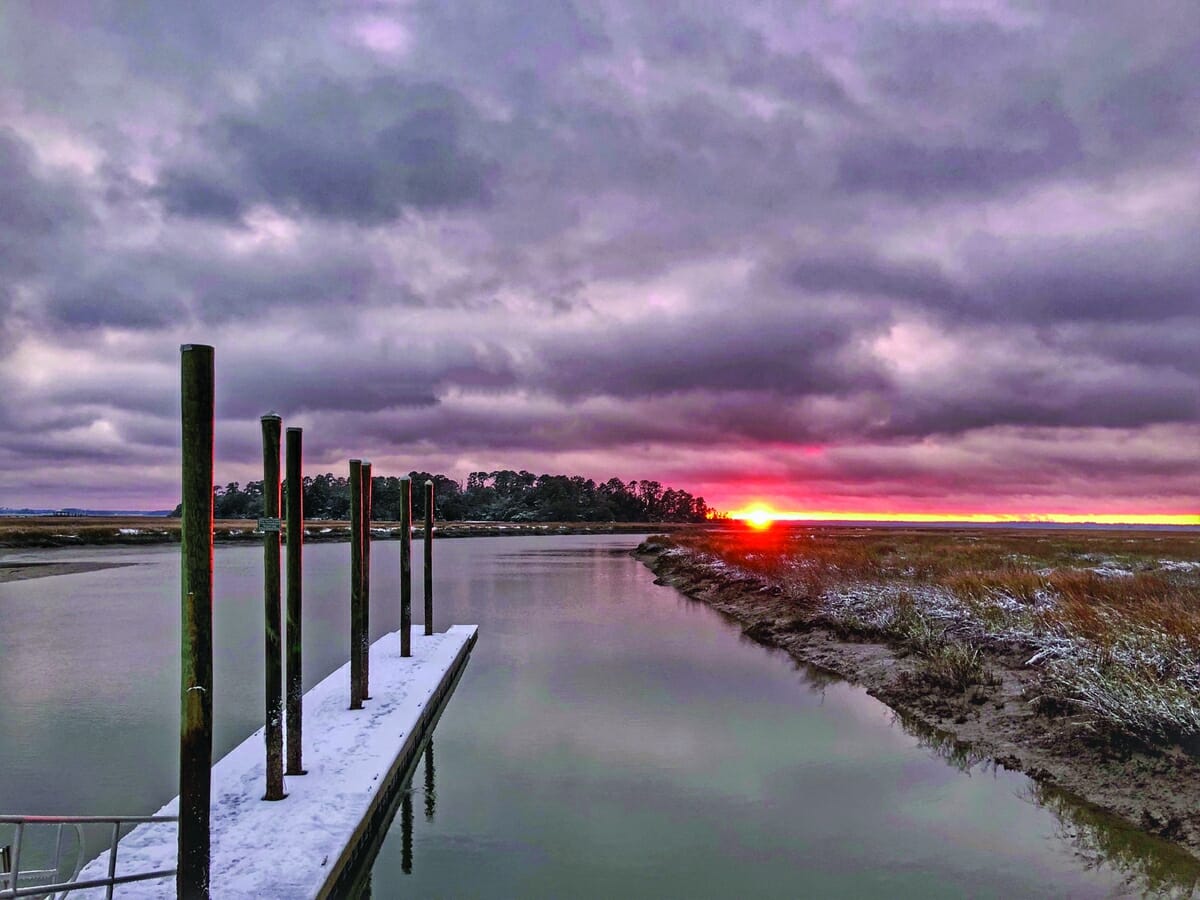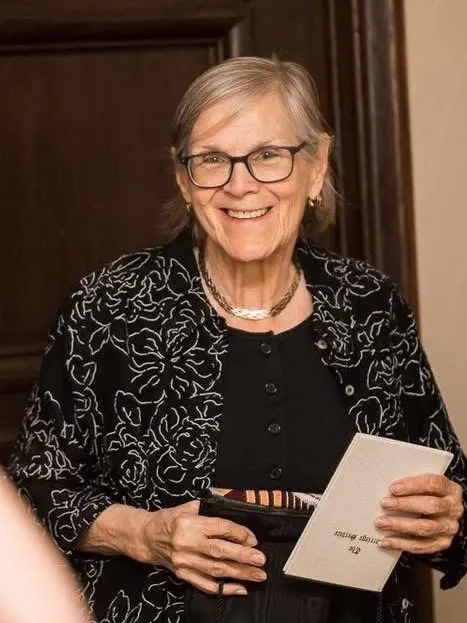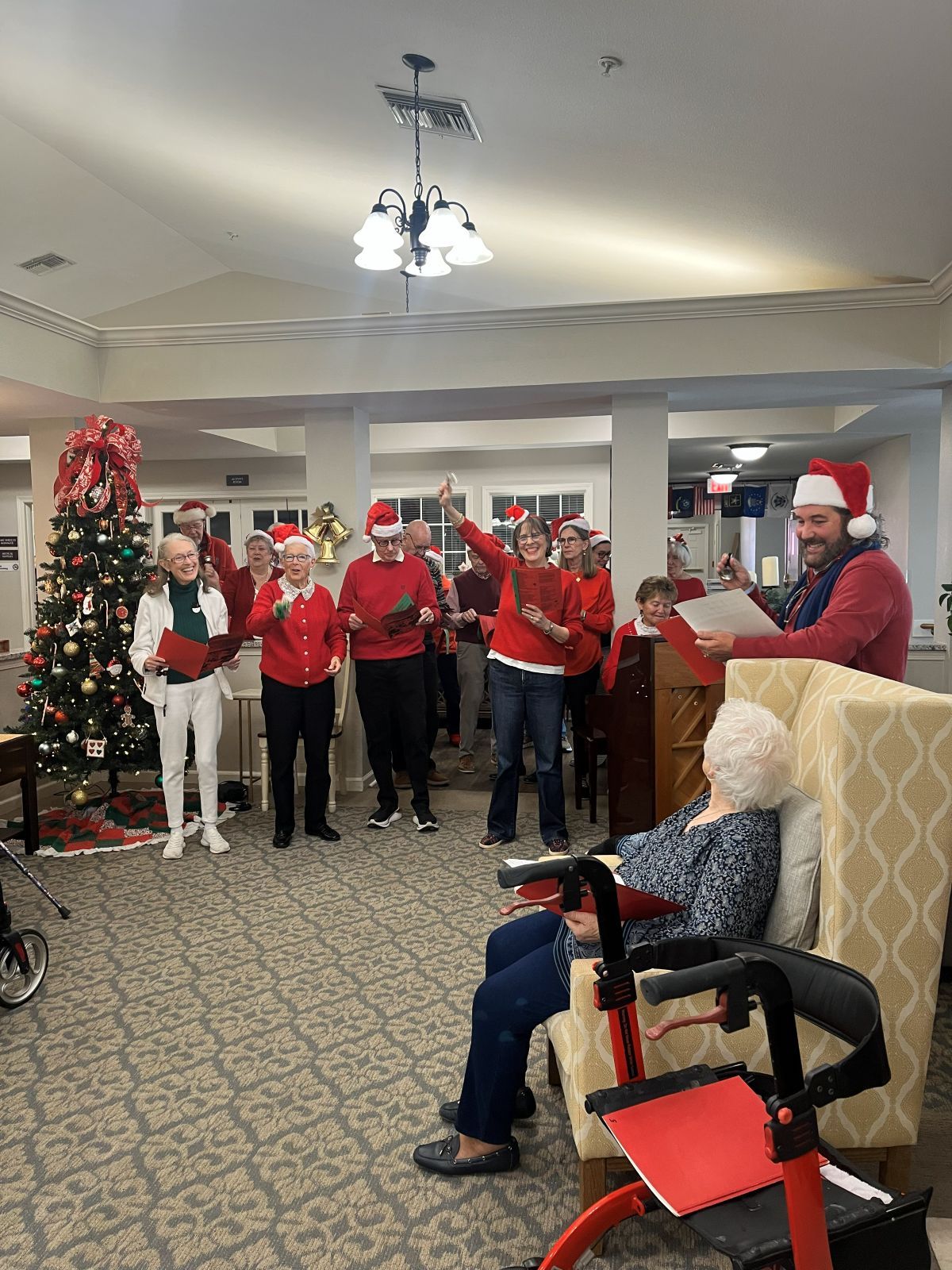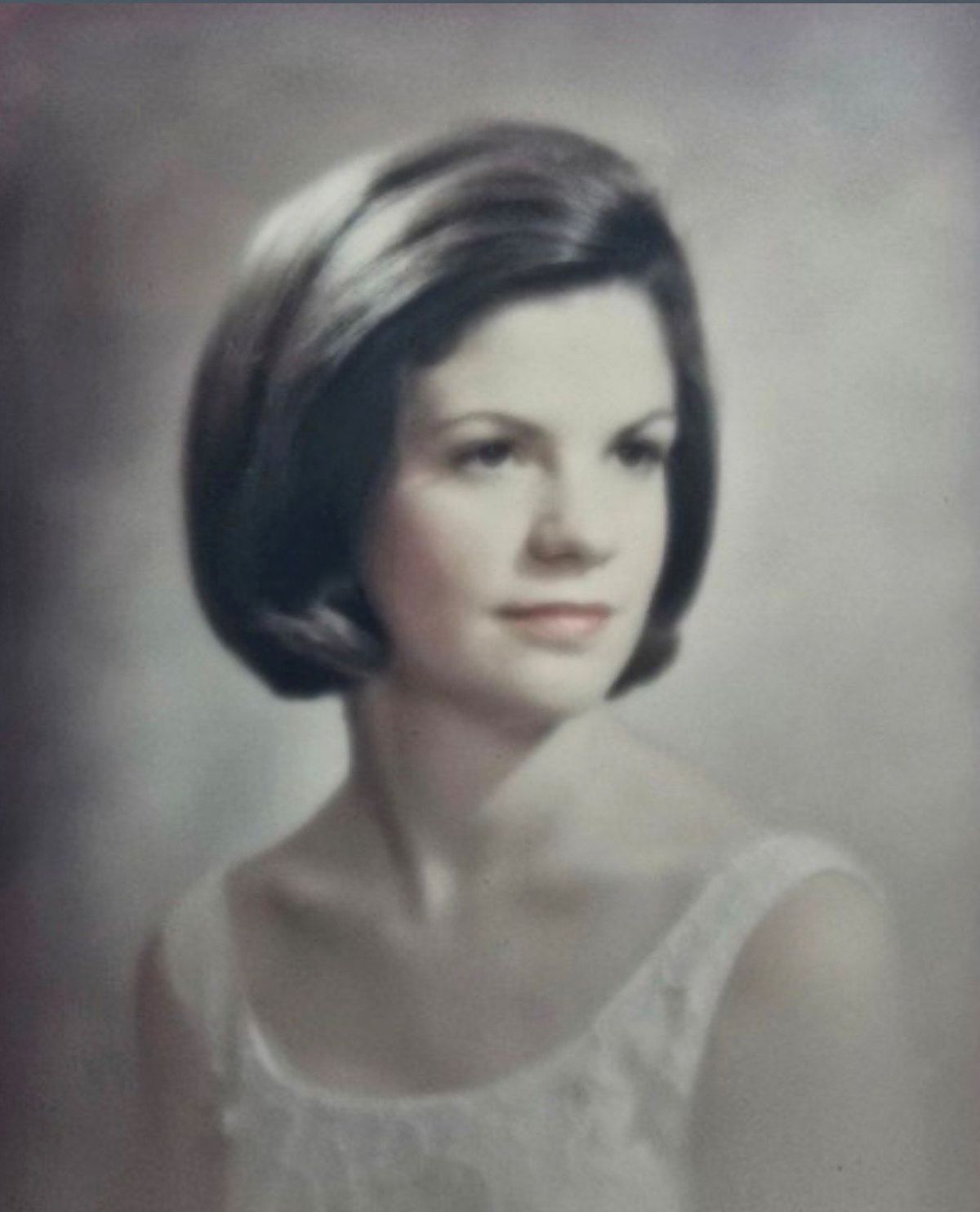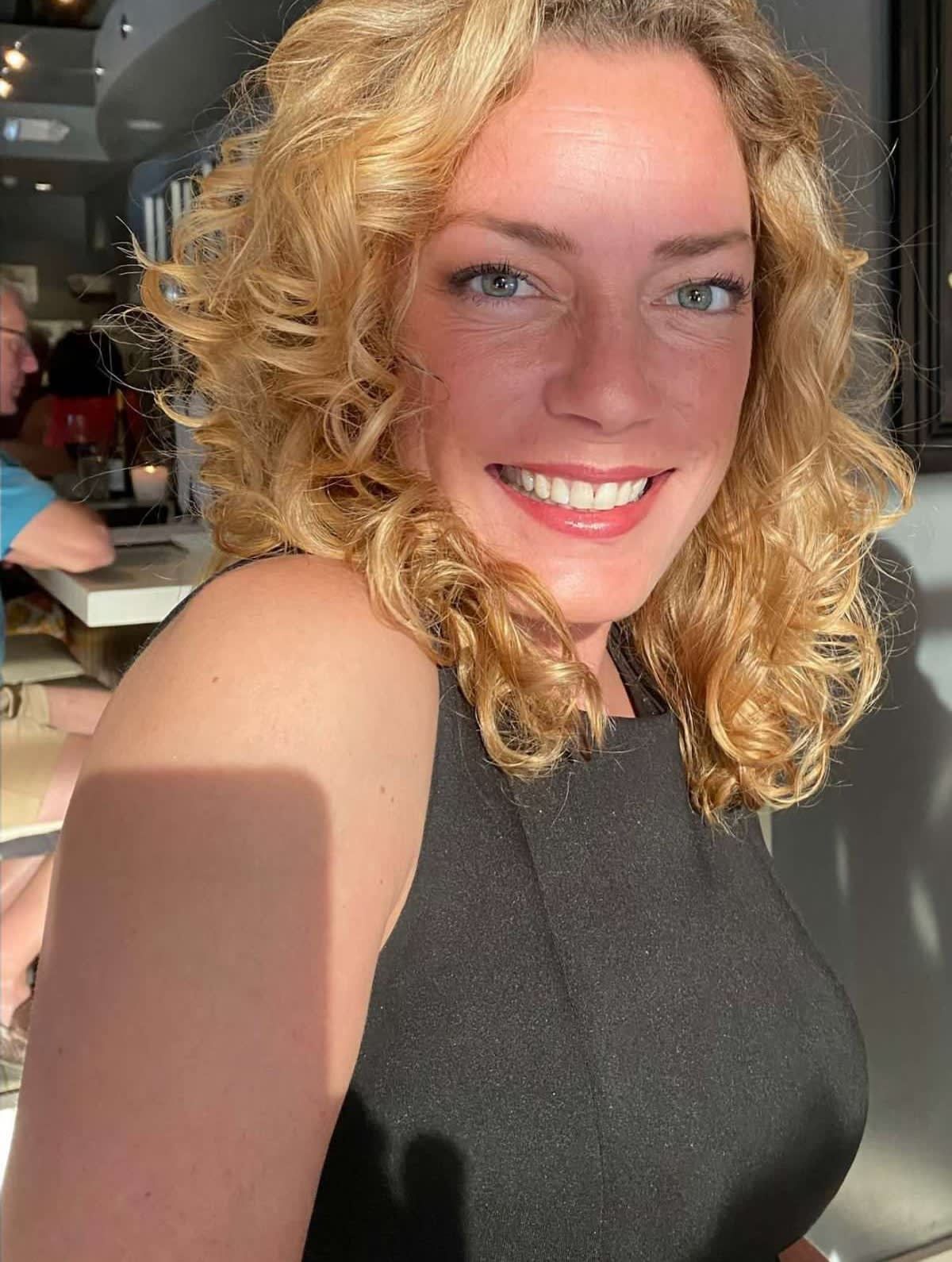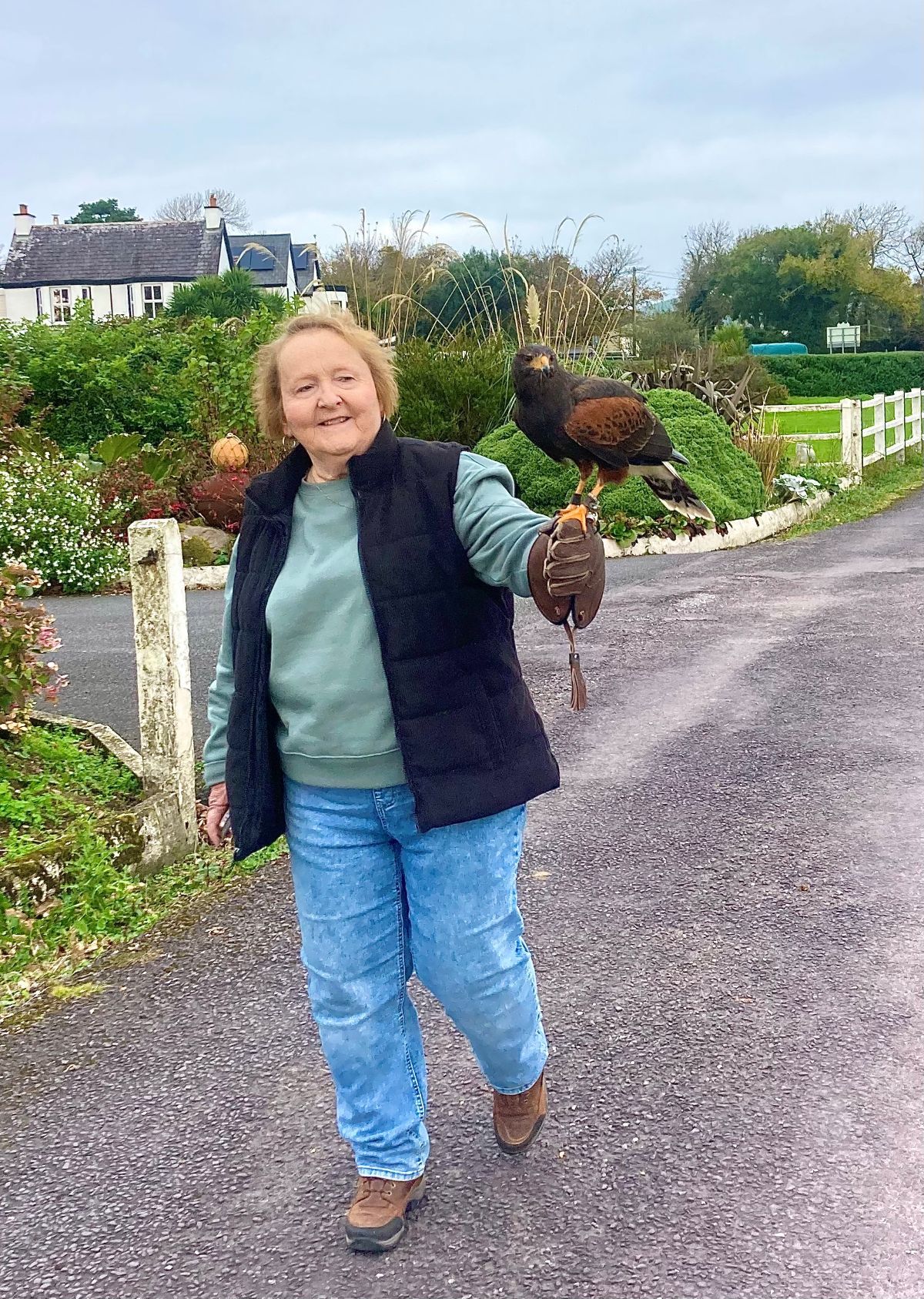By Alan Schuster
From the harsh opening chords to a panic-driven finale, Puccini’s “Tosca” is an opera unmatched for its continuous combination of powerful dramatics and impressive music. It has been referred to as the “essence of verismo,” a style of truth/realism which began to flourish near the end of the Romantic [post-Verdi] period (1830-1900). “Tosca” will be broadcast live through the Metropolitan Opera at the Beaufort Center for the Arts on Saturday, Jan. 27, at 1 p.m.
There are three distinctive things about “Tosca.” First, there are three acts, but none of them have scenery changes or recitative breaks, so each act becomes a seamless flow of musical action. Second, there are only three principal singers – a hero, a heroine and a villain – who take up all but about eight minutes of the opera’s total ‘air time.’ And finally, when the final curtain drops, all three are dead, one murdered, one executed and one by suicide.
Act I: Rome, June 1800: A republican fugitive, Angelotti, takes refuge in a church as an artist, Mario Cavaradossi, is painting a portrait of Mary Magdalene. A republican himself, Mario agrees to hide him. When the voice of a singer, Floria Tosca, is heard, Angelotti leaves before she arrives to meet her lover, Mario. She expresses jealousy that the portrait looks like that of a rival woman, but she agrees to meet him after her evening performance. The church begins to fill for a celebration of a supposed victory over Napolean. Baron Scarpia, the royalist chief of police, arrives in search of Angelotti, and soon becomes suspicious of Cavaradossi as an accomplice. When Tosca returns, Scarpia suspects her involvement as well. He orders his men to follow her when she leaves, as voices fill the church with the singing of a victory Te Deum.
Act II: Scarpia’s apartment: Outside sounds are heard, including a performance by Tosca. Mario has been arrested, but Angelotti remains free. Scarpia tortures Mario, but he doesn’t confess to Angelotti’s whereabouts. Then, Scarpia orders Tosca to appear, and shows her Mario’s tortured state. She gives up Angelotti’s location, after which word comes that Napolean has won the battle of Marengo, a defeat for royalism. Mario exclaims delight, angering Scarpia to condemn him to death. Now, he demands that Tosca yield herself to him in exchange for her lover’s life. She pretends to agree, but when he approaches her with a letter of safety for Mario, she stabs him to death, then departs with the letter, wrongfully assuming it will set him free.
Act III: The roof of a castle prison: Mario awaits his death sentence, giving in to despair. But when Tosca appears, they rejoice when she tells him that he will be free after a false execution is staged. As the execution squad arrives, she tells Mario to fake his death, then hides herself. The soldiers fire and depart. When Mario doesn’t move, she realizes that Scarpia has betrayed her. As soldiers rush in to arrest her, she leaps to her death.
The Music
Act I: Mario’s aria “Recondita armonia” (Strange harmony of contrasts…), is a remarkable tenor aria in which the artist claims Tosca as his inspiration. When Tosca enters, another exceptional moment begins with their duet, “Mia gelosa” (Jealous darling…) about love overcoming jealousy. The act ends with Scarpia’s entrance, in which he confesses his evil intentions about Tosca as a growing processional theme fills the church.
Act II: It’s an extraordinary setting as Scarpia dominates the action, first with orders to torture Mario, and then an intolerable build-up when Tosca arrives and pleads for his life. Their duet is one of the most powerful and impressive scenes in all of opera, accentuated by Tosca’s famous aria, “Vissi d’arte” (Love and music, I have lived for….). Soon after, Scarpia approaches her with the bogus safety letter and declares: “Tosca, at last you are mine.” She replies: “It is thus that Tosca kisses”, as she is stabbing him to death.
Act III: It’s another extraordinary aria, this one a farewell letter Mario is writing to Tosca as he awaits his execution: “E lucevan le stelle” (When the stars were shining…). Tosca arrives moments later, leading to an ecstatic duet, “Liberi!”, as they anticipate their freedom, unaware of loaded guns awaiting him. With the highest dramatic music surging from the orchestra, Mario falls dead, and Tosca leaps to her death as soldiers rush in to arrest her. A magnificent finale!
The Cast
Soprano Sonya Yoncheva makes her role debut as Tosca; tenor Vittorio Grigolo and baritone Bryn Terfel perform as Cavaradossi and Scarpia, respectively. Emmanuel Villaume conducts.
Tickets are now available. All seats are general admission. Adults $20; OLLI members $18; Students $10. Order online at www.centerforthearts.com or by calling 843-521-4145. Box office opens at noon. The center is located at 801 Carteret Street, Beaufort SC.


